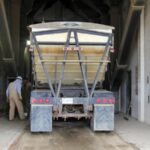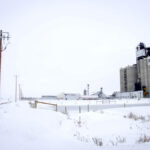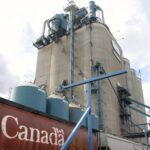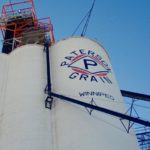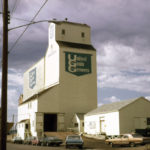Canada’s major companies hope their operations won’t be disrupted when Ottawa requires federally regulated employees be vaccinated against COVID-19 starting early in 2022. “It depends on whether employees that aren’t vaccinated will get vaccinated, or would they leave their jobs,” Wade Sobkowich, executive director of the Western Grain Elevator Association (WGEA) said in an interview



